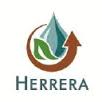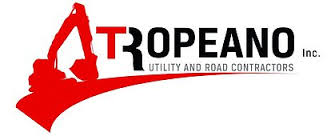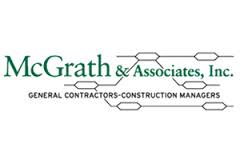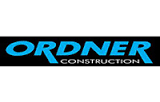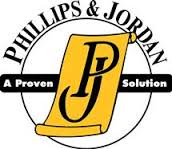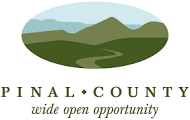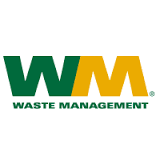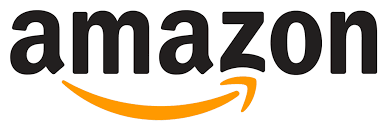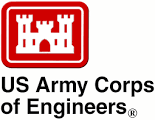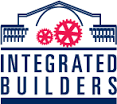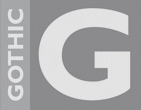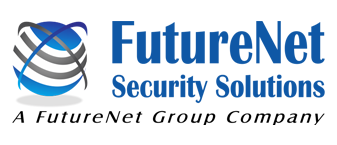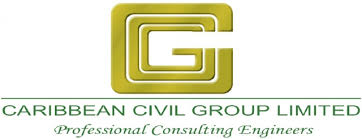News
EPA Announces Progress with Environmental Justice Communities
Jan 14, 2021
(Lenexa, Kan., January 14, 2021) – The U.S. Environmental Protection Agency (EPA) released its annual Environmental Justice Progress Report highlighting key environmental health advances in minority, low-income, tribal, and indigenous communities across the country.
“For EPA Region 7, Environmental Justice starts with educating and empowering some of our most vulnerable and disproportionately impacted communities. The grants, outreach, training and regulatory actions that we have highlighted here today, exemplify our efforts to keep environmental justice at the forefront of our work,” said EPA Region 7 Administrator Jim Gulliford. “We look forward to continuing our partnership with these communities as together, we achieve tangible and sustainable results that improve the overall quality of the neighborhoods where Midwesterners live, work and play.”
The report shows how the Agency is working to address disproportionate environmental impacts, health disparities, and economic distress on communities.
EPA Region 7 continues to advance the EJ priority by building capacity in the organization, partnering with key community leaders and organizations, and increasing community and partner awareness and action to reduce negative environmental health impacts.
Notable Activities in Region 7:
- Helped communities’ access federal funding by hosting an annual workshop on grant writing and management. The workshop reached 120 individuals representing all four states and two tribal nations.
- Worked with the city of St. Joseph, Missouri, to build the capacity of partners and the community to reduce lead poisoning in young children.
- Partnered with the St. Joseph Health Department; Kansas City, MO Health Department; and the U.S. Department of Housing and Urban Development (HUD) Region 7 staff, which resulted in $100K being committed from HUD’s Lead Abatement and Healthy Homes lead abatement program.
- Established the community-based St. Louis Interagency Interfaith Collaboration for Vulnerable Communities coalition, which developed training for houses of worship focused on cost-saving energy conservation, information regarding resources and technical assistance, and healthy church best practices.
- Awarded two new Environmental Justice Collaborative Problem-Solving (EJCPS) Cooperative Agreements to the Heartland Conservation Alliance in Kansas City, MO and Beyond Housing Inc. in St. Louis, MO. They focus on improving their air and water quality, while emphasizing partnerships and youth involvement.
Notable National Highlights:
- Provided over $160 million in grant funding to support low income and minority communities. These grants will clean up brownfield sites in communities with Opportunity Zones, reduce emissions from diesel vehicles and equipment at ports, provide environmental job training to residents of underserved communities, and address challenges faced by communities related to the pandemic.
- Deleted all or part of 27 sites from the National Priorities list for a second consecutive year, reflecting our work in communities to reduce exposure to contaminants.
- Announced a new $4.3 million grant program, under the Water Infrastructure Improvements of the Nation Act, to help protect children in tribal communities from lead in drinking water by boosting lead testing in schools and childcare centers.
- Finalized rules that will make a meaningful difference to communities by ensuring that more people – particularly lower-income and minority populations – have greater access to newer, cleaner, more affordable cars, and by reducing lead dust-related risks to children in pre-1978 homes and childcare facilities where lead removal activities take place.
- Reclassified 20 communities across the country to reflect that they now meet health-based air quality standards.
You can read about these and many other accomplishments in the FY 2020 Report.
EPA is committed to assisting vulnerable communities to become cleaner, healthier, and more prosperous places to live, work, learn and play. The FY 2020 Report shows how EPA is collaborating with partners, supporting communities, and ensuring that EJ is integrated into the work of every EPA programs and regional office. EPA is also working to align programs, policies and investments to support economically distressed communities, including those in Opportunity Zones.
Highly Recommended SWPPP Certification





